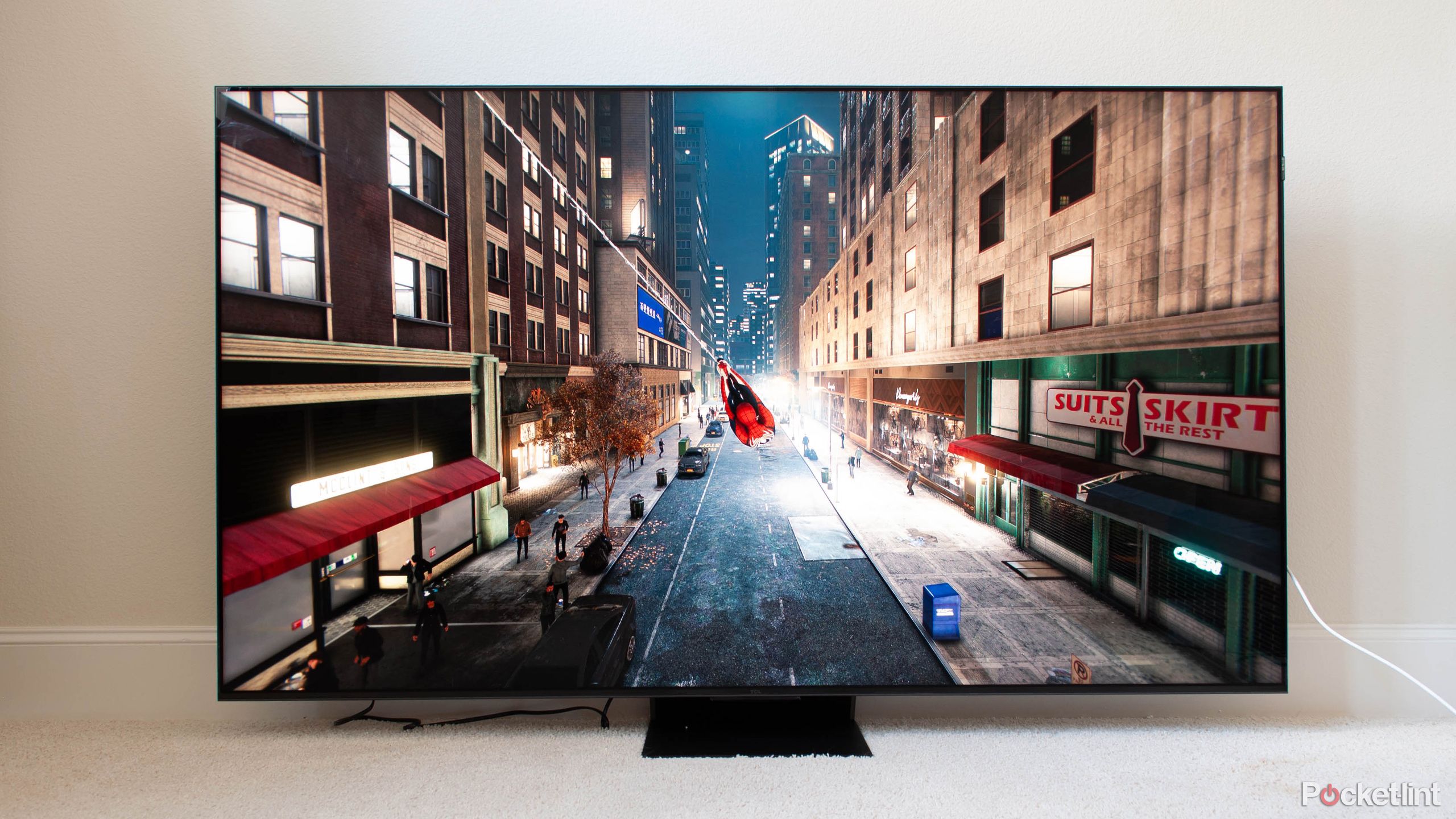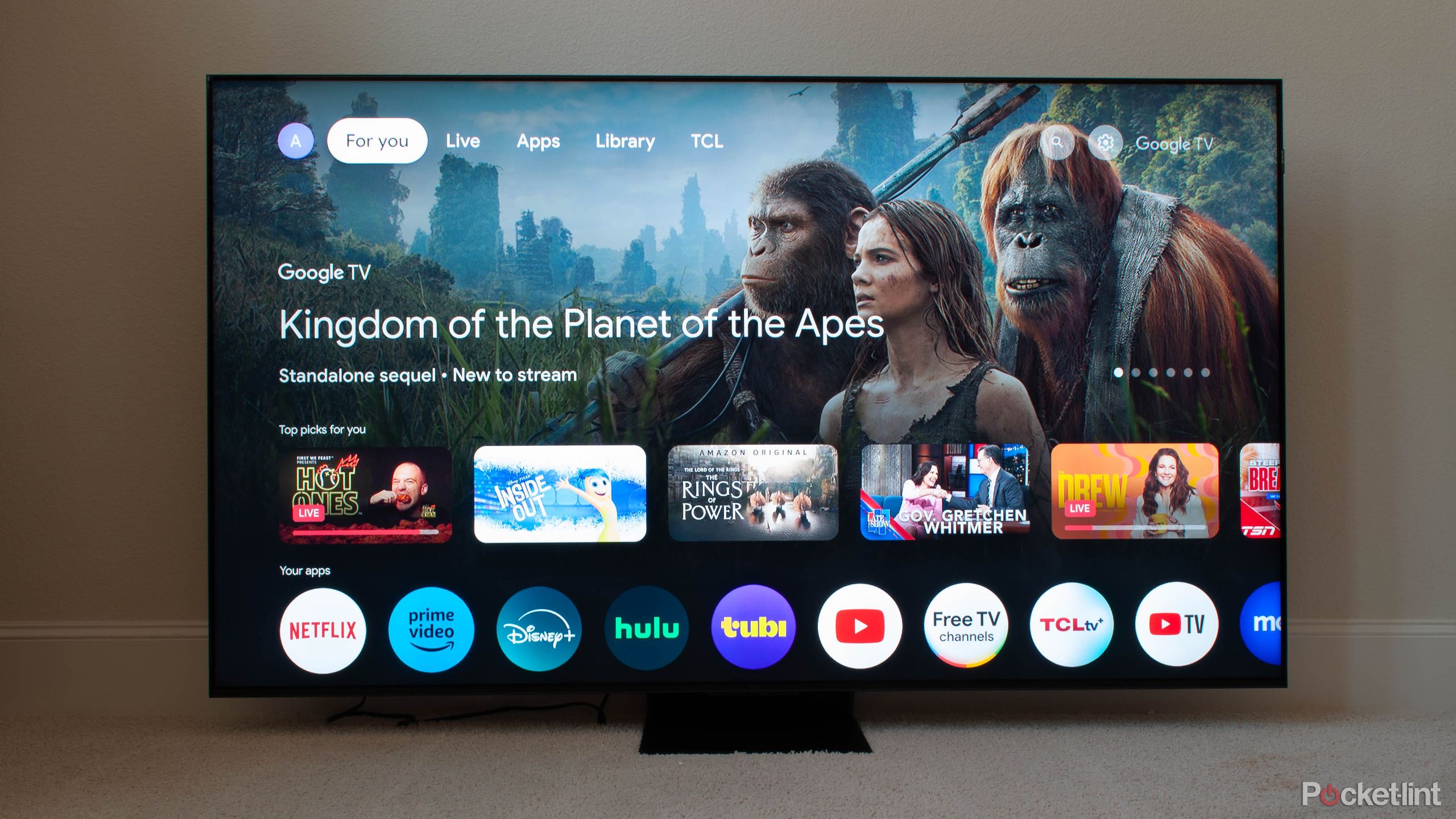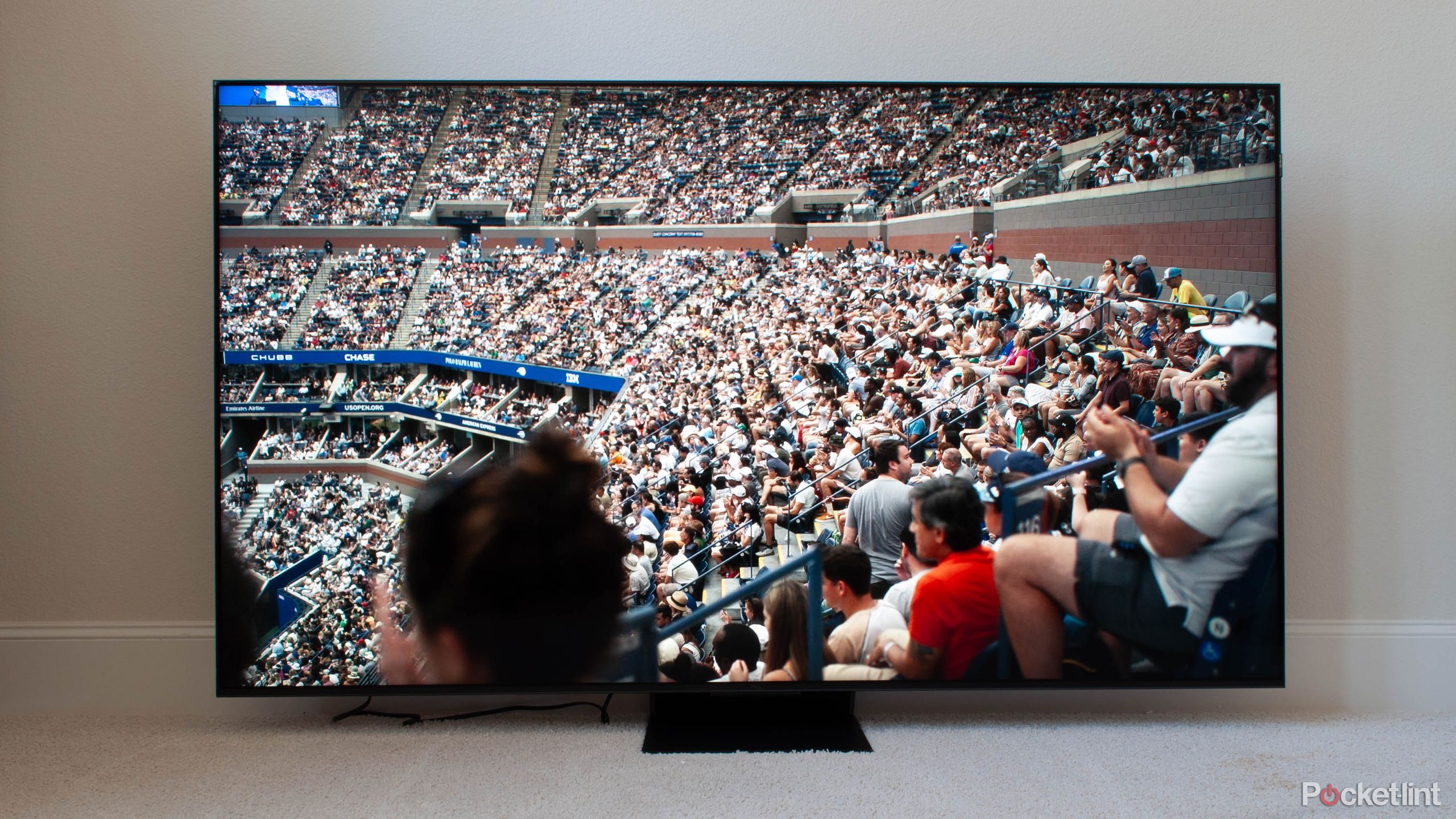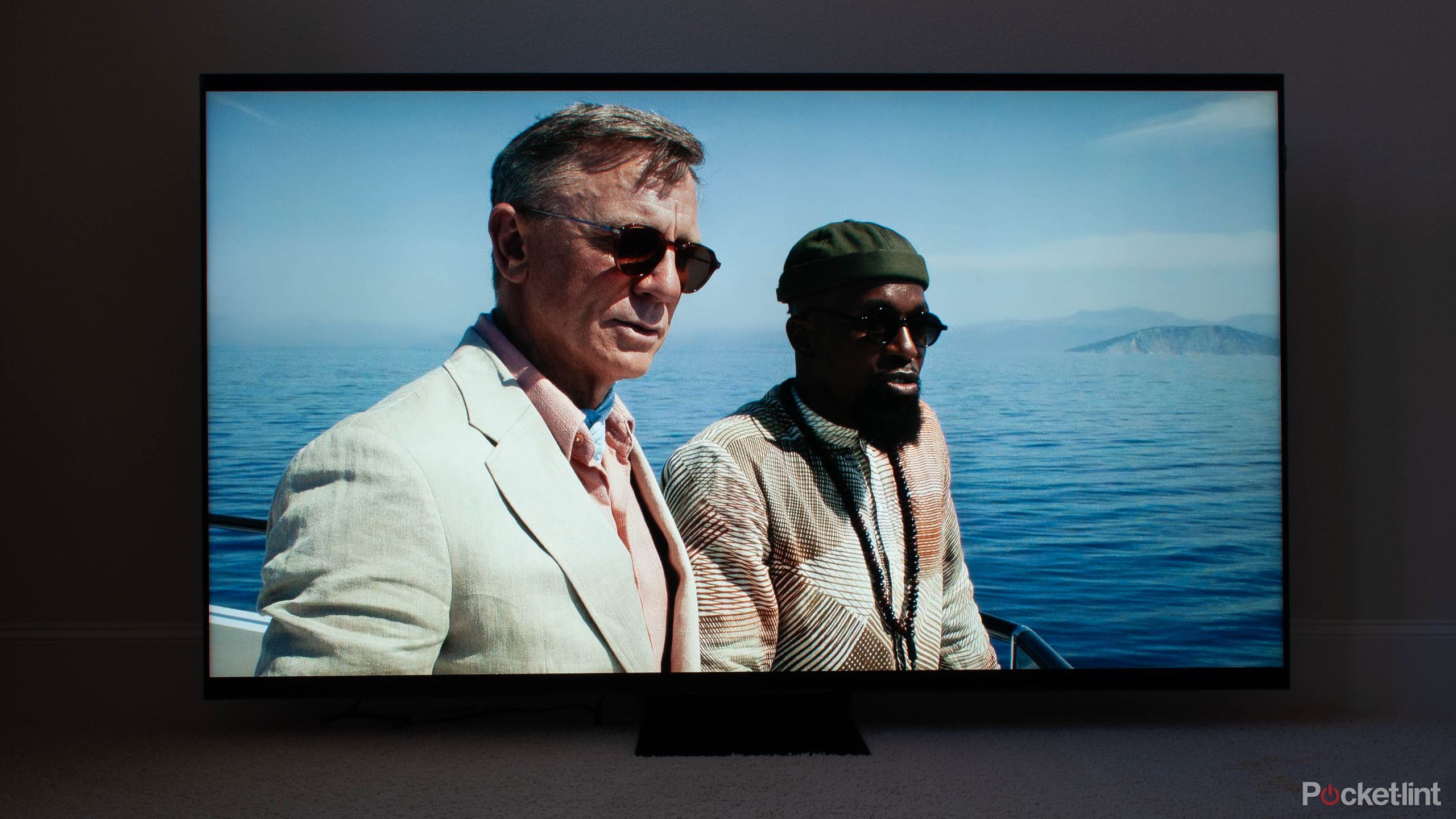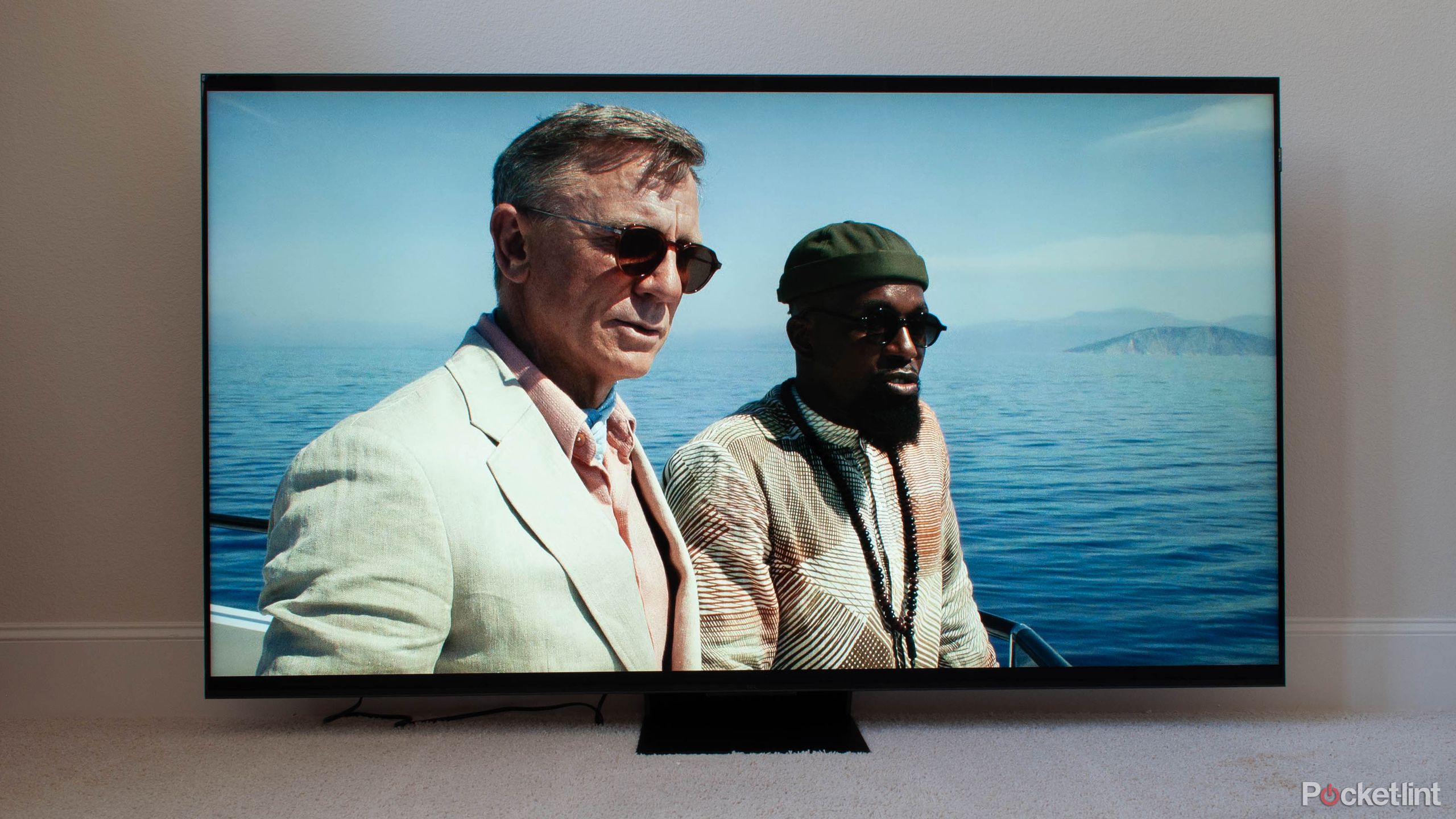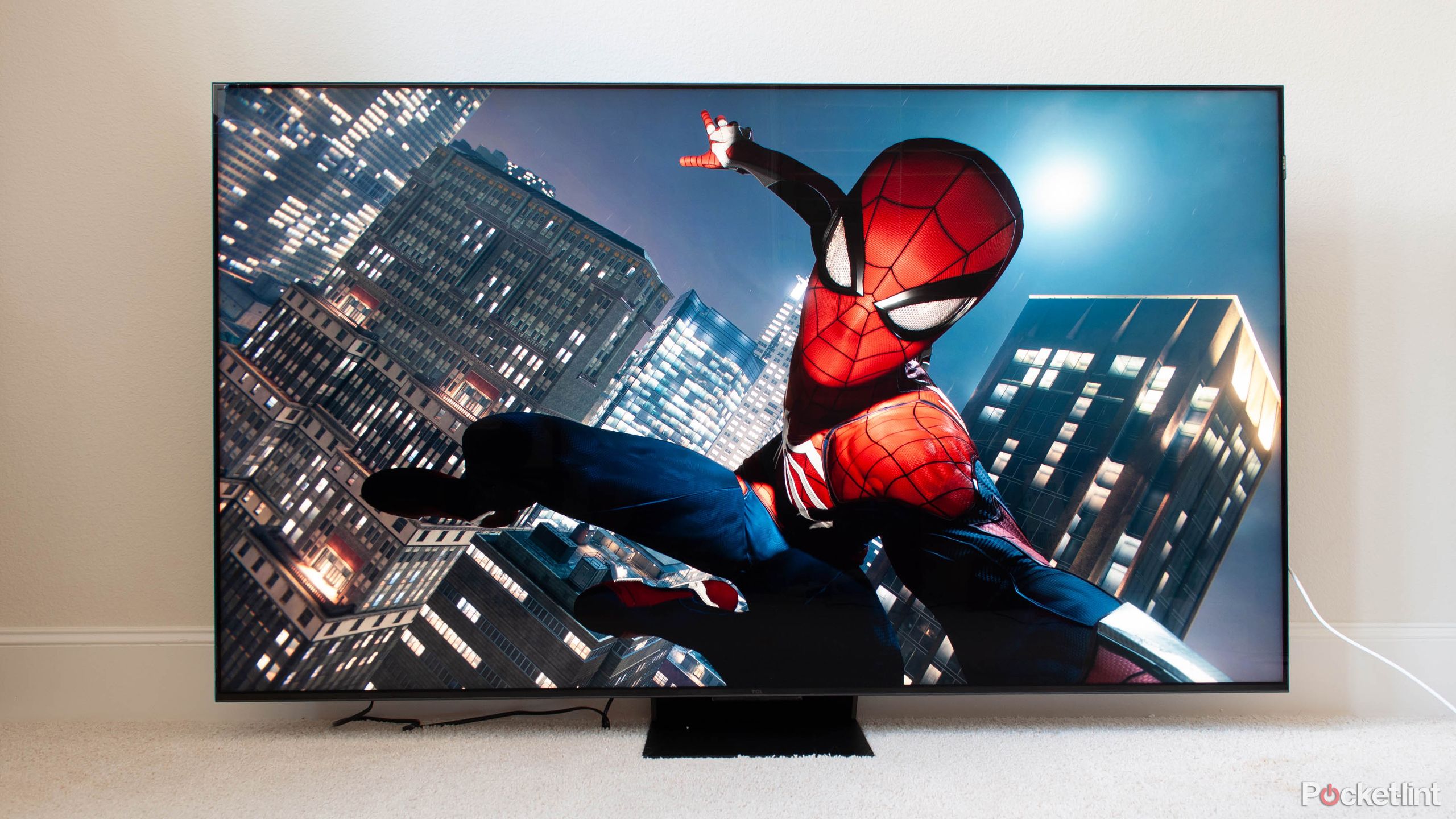Key Takeaways
- TCL QM851 offers QD-Mini LED ULTRA display with 5,000 dimming zones for exceptional contrast and brightness.
- Supports Dolby Vision HDR and Dolby Atmos sound for superior cinematic experience at a competitive price point.
- High refresh rate of 120Hz with AMD FreeSync makes the QM851 ideal for both console and PC gaming.
As a cinephile extremely picky about my TVs, I’ve long been curious about what TCL had in store for 2024, and how the company’s TVs would compete with bigger players like LG and Samsung. Positioned as this year’s top-of-line offering, TCL’s latest flagship TV, the QM851, promised it would be an upgrade from its 2023 model in both hardware and software. So, I put the 75-inch version to the test, watching my favorite movies and TV shows and playing video games while evaluating the display with my most critical eye. Read on for how it passed with flying (and bright) colors.

Editor’s choice
TCL QM851
$1905 $1999 Save $94
TCL’s latest TV is its very best. The QM851 demands to be taken seriously by even the most discerning television snobs, while remaining budget friendly as TCL tends to be.
- QD-Mini LED ULTRA delivers outstanding contrast with 5,000 local dimming zones
- Up to 5,000 Nits of peak brightness is perfect for daytime viewing
- 120Hz support with 144Hz variable is great for gaming
- Supports Dolby Vision and Dolby Atmos
- Remote is bulky and inelegant
- Not as thin as more expensive options
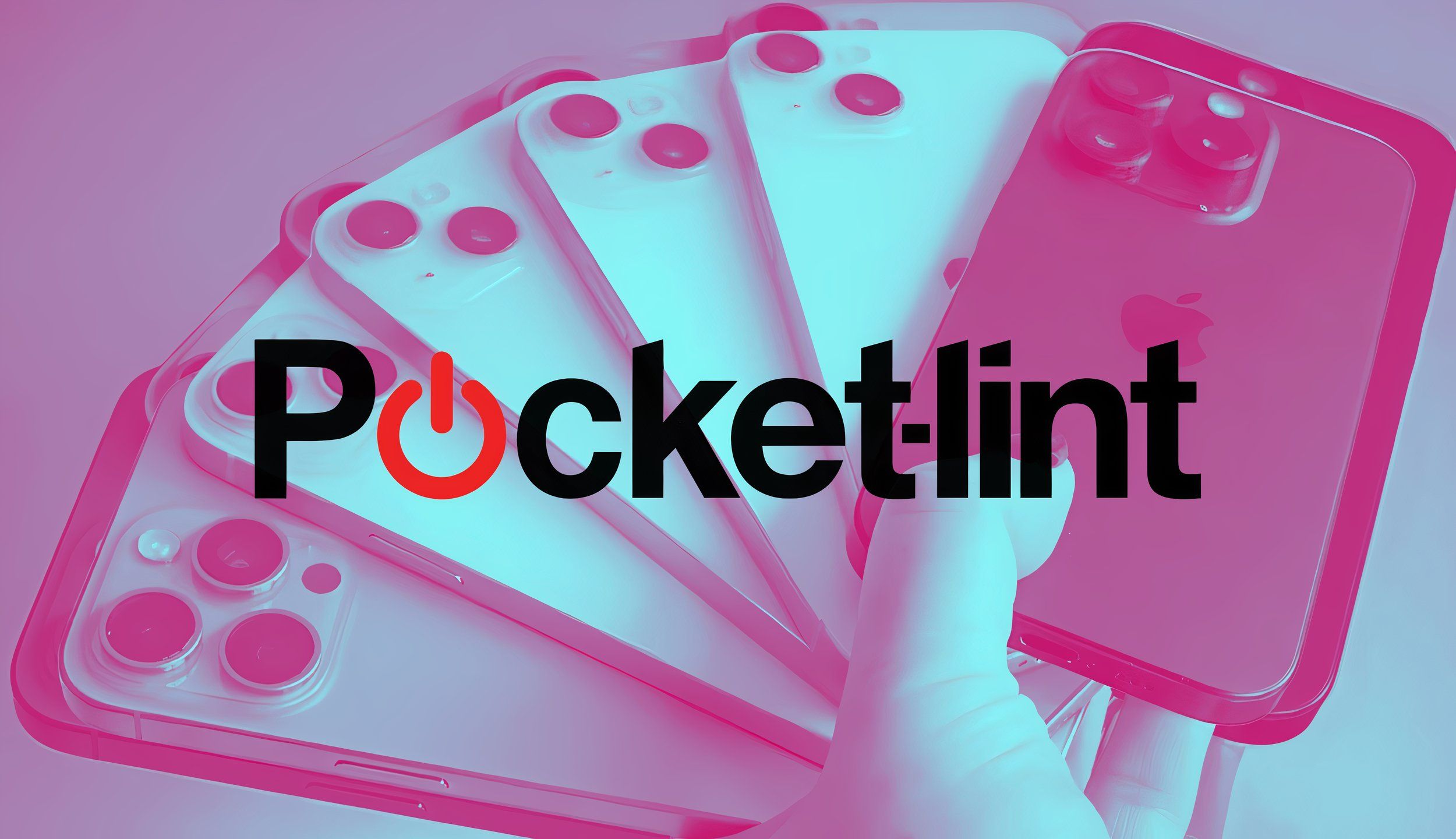
Related
How we test and review products at Pocket-lint
We don’t do arm-chair research. We buy and test our own products, and we only publish buyer’s guides with products we’ve actually reviewed.
Price, specs, and availability
An impressive spec sheet far above its pay grade
The TCL QM851 is available in four different sizes, ranging from 65 to 98 inches, starting at $2000. TCL has often released televisions that represent a compelling value, and the value proposition of the QM851 is extraordinary. The QM851 is available now from Amazon, Best Buy, Walmart, and other major retailers.
The stand-out spec for this year’s model is undoubtedly the QD-Mini LED ULTRA display, which except for Micro-LED (often reserved for pricier TVs) is LED at its best. OLED tech, can turn each individual pixel on and off and adjust each pixel’s brightness as needed. In effect, 4K OLED displays have just shy of 8.3 million light sources, governing the screen’s ability to achieve perfect contrast and fine brightness control. The cheapest LED screens have a single source of light in the form of one giant backlight, while over the years different LED formats have moved towards having a handful, a few dozen, or even dozens of individual lights or “dimming zones” in an effort to achieve better control over contrast and brightness.
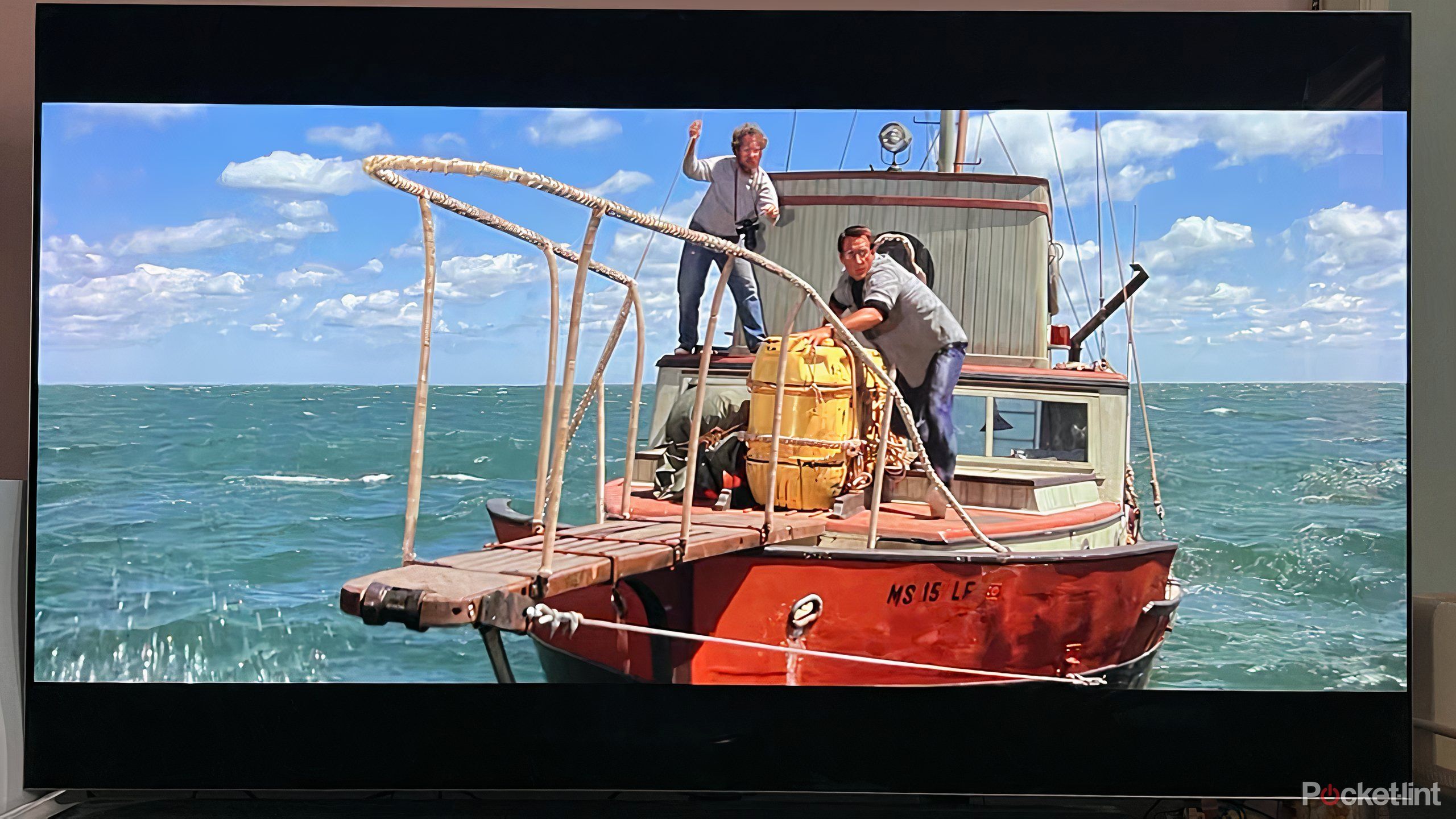
Related
OLED, QD-OLED, LED: Modern screen technologies explained
Shopping for TVs can be confusing, so here all the technologies and marketing terms you need to know.
This is where QD-Mini LED comes in. This panel from TCL offers over 5,000 local dimming zones, and while a far cry from 8.3 million, the effect it has on contrast, brightness, and overall image quality is stunning.
Additionally, the TV boasts Dolby Vision HDR and Dolby Atmos sound. Dolby Vision, which is not supported by all TV manufacturers, is, in my opinion, firmly superior to HDR 10, which is cheaper and more popular. Dolby Vision supports a peak brightness of 10,000 nits with HDR enabled, which is not even in the same ballpark as HDR 10’s peak brightness of 1,000-4,000 nits. Dolby Vision also supports 12-bit color depth, whereas HDR 10 supports only 10-bit.
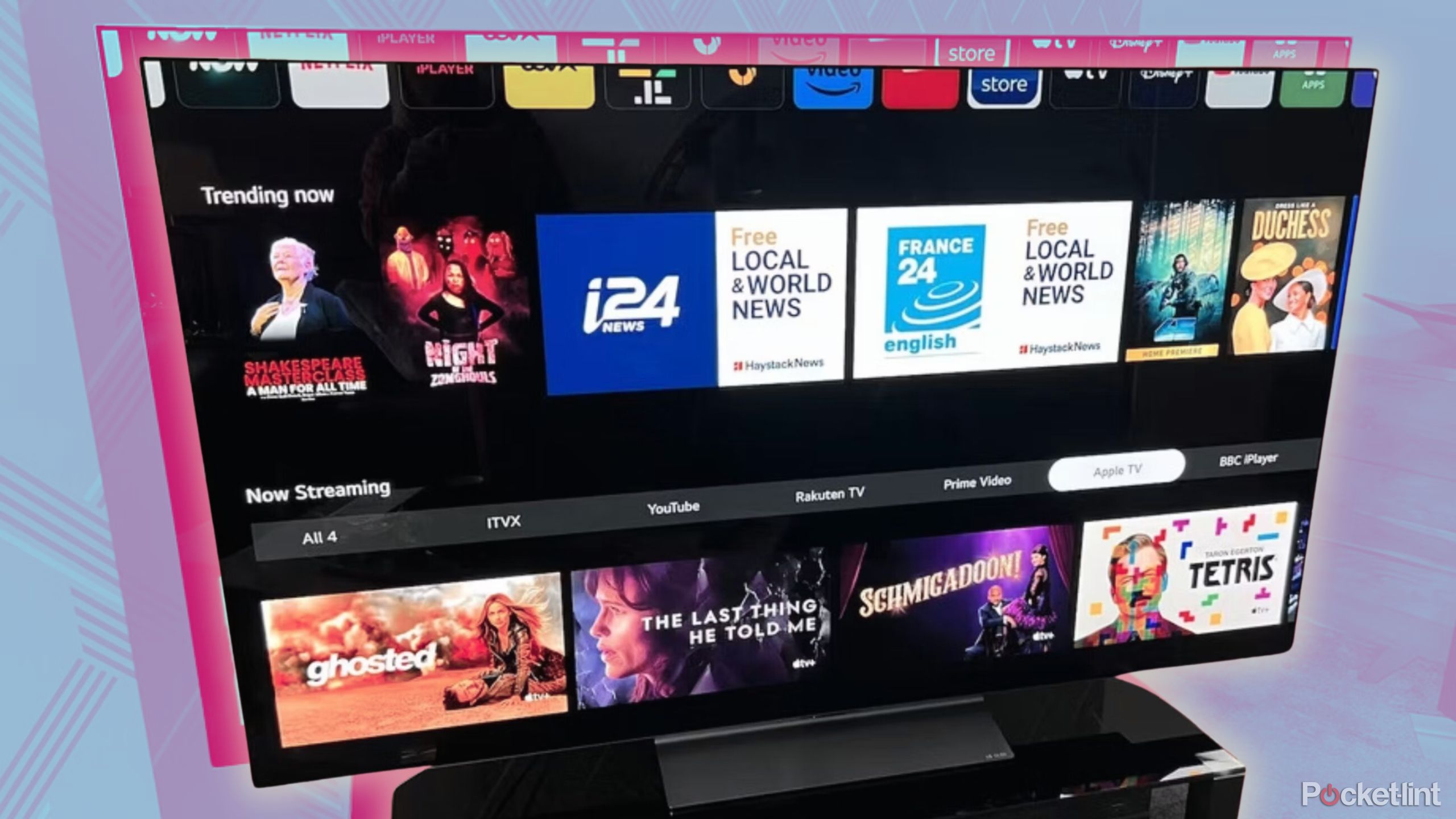
Related
5 reasons why I always choose OLED TVs over QLED TVs
In the battle of screen technologies, OLED is much better suited for my viewing experience.
Plus, with a fantastic 120Hz refresh rate and 144Hz refresh rate, coupled with AMD Freesync support, the QM851 is console-ready and gamer-friendly.
Design
Not the sleekest on the market
The QM851 is over 2-inches thick, which may not sound like a lot, but is something to consider when mounting the TV, as between the mount and the TV itself, it will stick out from the wall a few inches. Some brands have opted to start putting the “brains” and ports of their TVs in external boxes to achieve a thinner profile, many achieving less than half an inch of depth. Not only does this help make modern TVs thinner, but it provides easier access to ports for the user.
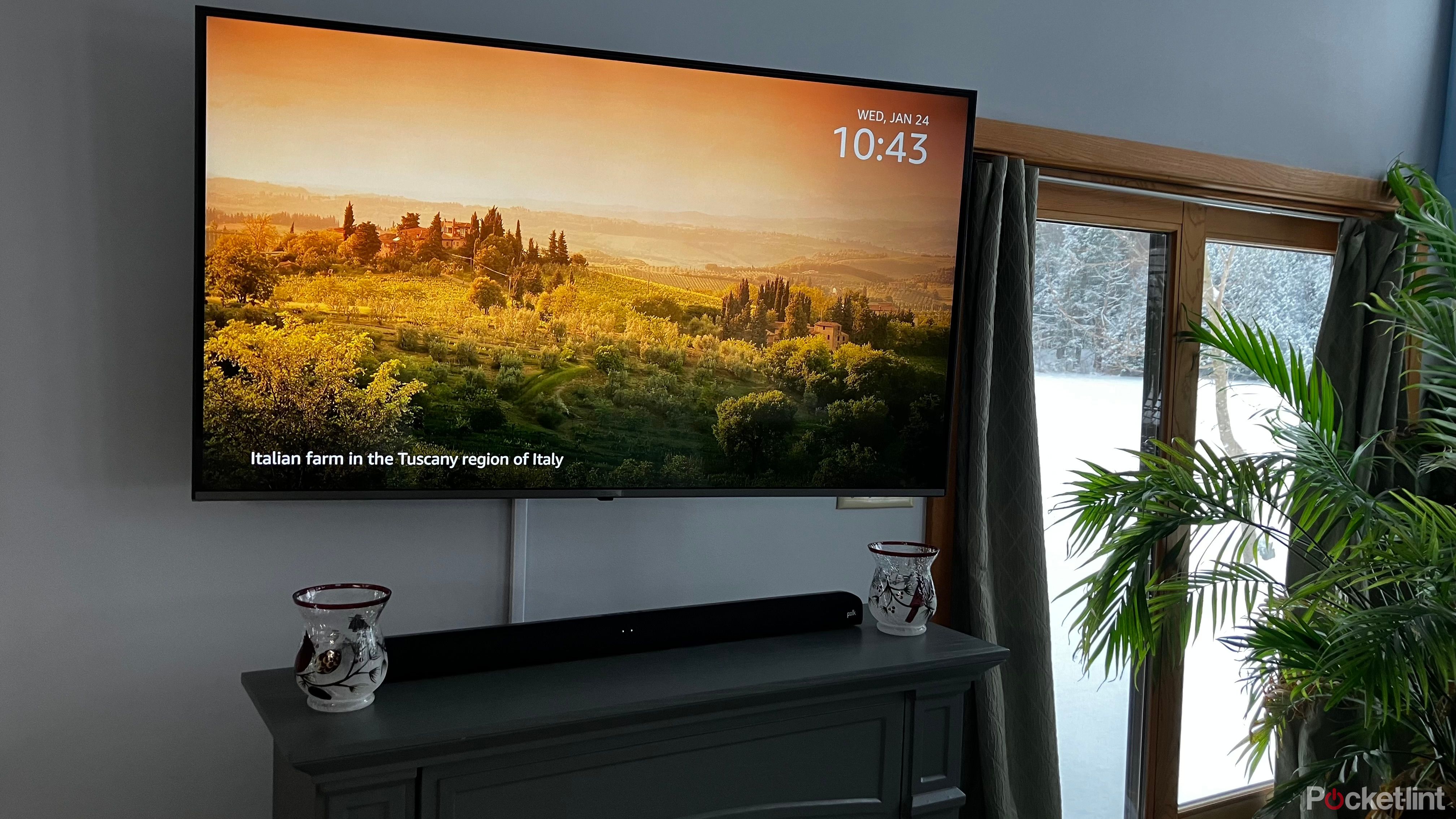
Related
How to properly mount your TV
Including our tips for pre-mount care, the three top mount types to know, and the tools you’ll need.
I tend to mount my TV, so having those external boxes is something I’ve come to appreciate, since they make it easier for me to plug and unplug things like consoles, Roku players, and laptops without having to pull the TV away from the wall. Even when not mounted, it’s never fun to have to crane your neck behind the TV while also holding your phone in flashlight mode just to see what you’re doing.
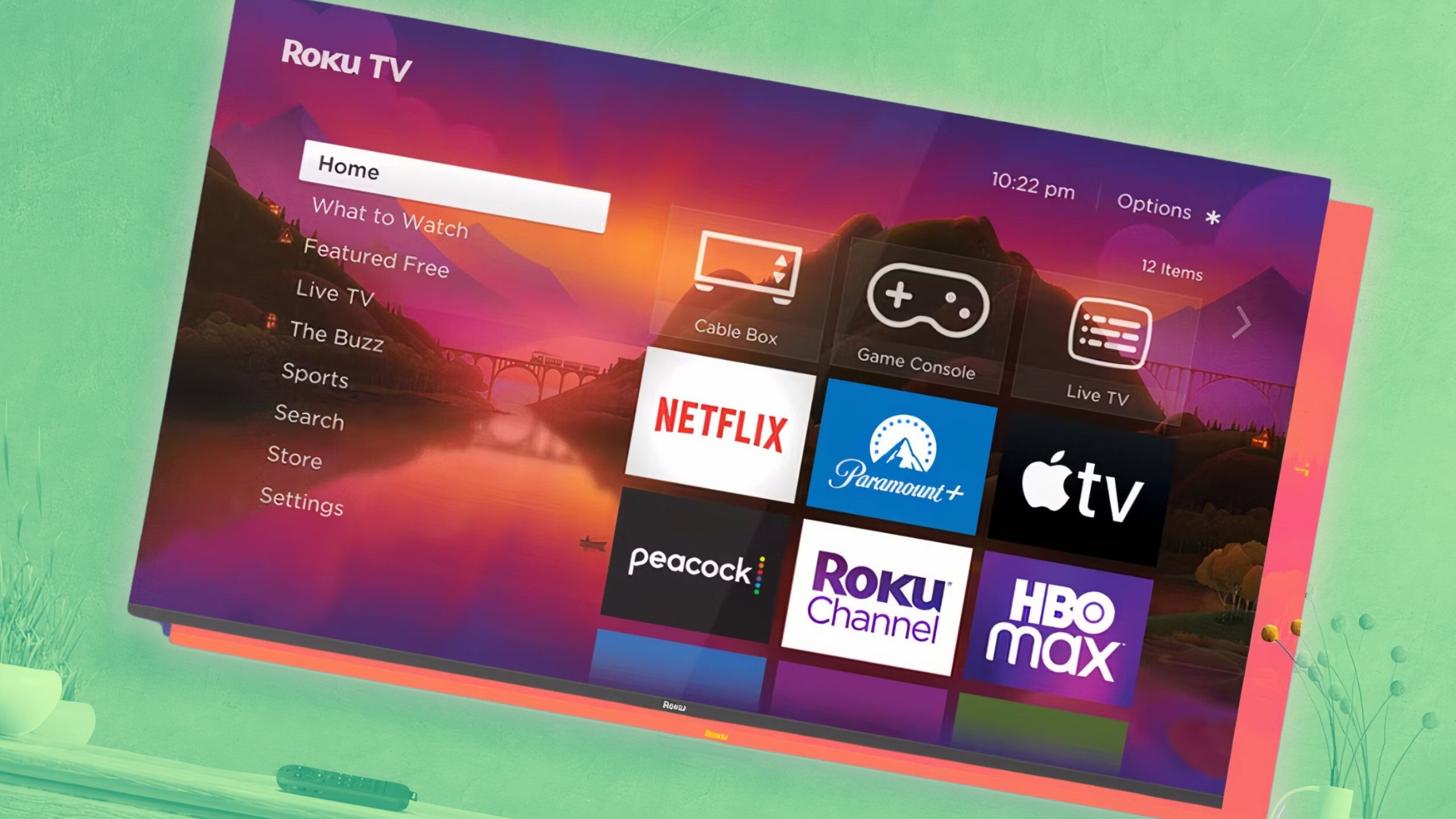
Related
My top 5 Roku OS features to get the most out of my TV
Aside from streaming, Roku OS has a lot to offer — including these five features I use all the time to enhance my watch experience.
Old-school form factor
In the case of the QM851, the ports and brains are all part of the frame, so I had to move the TV away from the wall each time I wanted to plug or unplug an external device. This is still how the majority of TVs function, so it’s not too strong a complaint, but I have gotten spoiled by the alternative. On the back of the TV, I found 4 HDMI inputs, one of which was marked as (e)ARC, which was perfect for connecting my receiver and home sound system. Interestingly, that input only supports a 60Hz refresh rate, while the other 3 HDMI inputs each support specific refresh rates of 60Hz, 120Hz, and 144Hz.
Software
Google OS provides that old familiar feeling
TCL uses Google TV for its native OS, which is pretty easy to use and will feel familiar to anyone who uses Android products. The QM851 supports Chromecast and Apple Airplay 2, which I found particularly useful when casting a UEFA European Championship game from my laptop to the TCL. The Google TV OS made it really easy to log in through my Google account, and came ready to go with just about any major streaming app you can think of already installed.
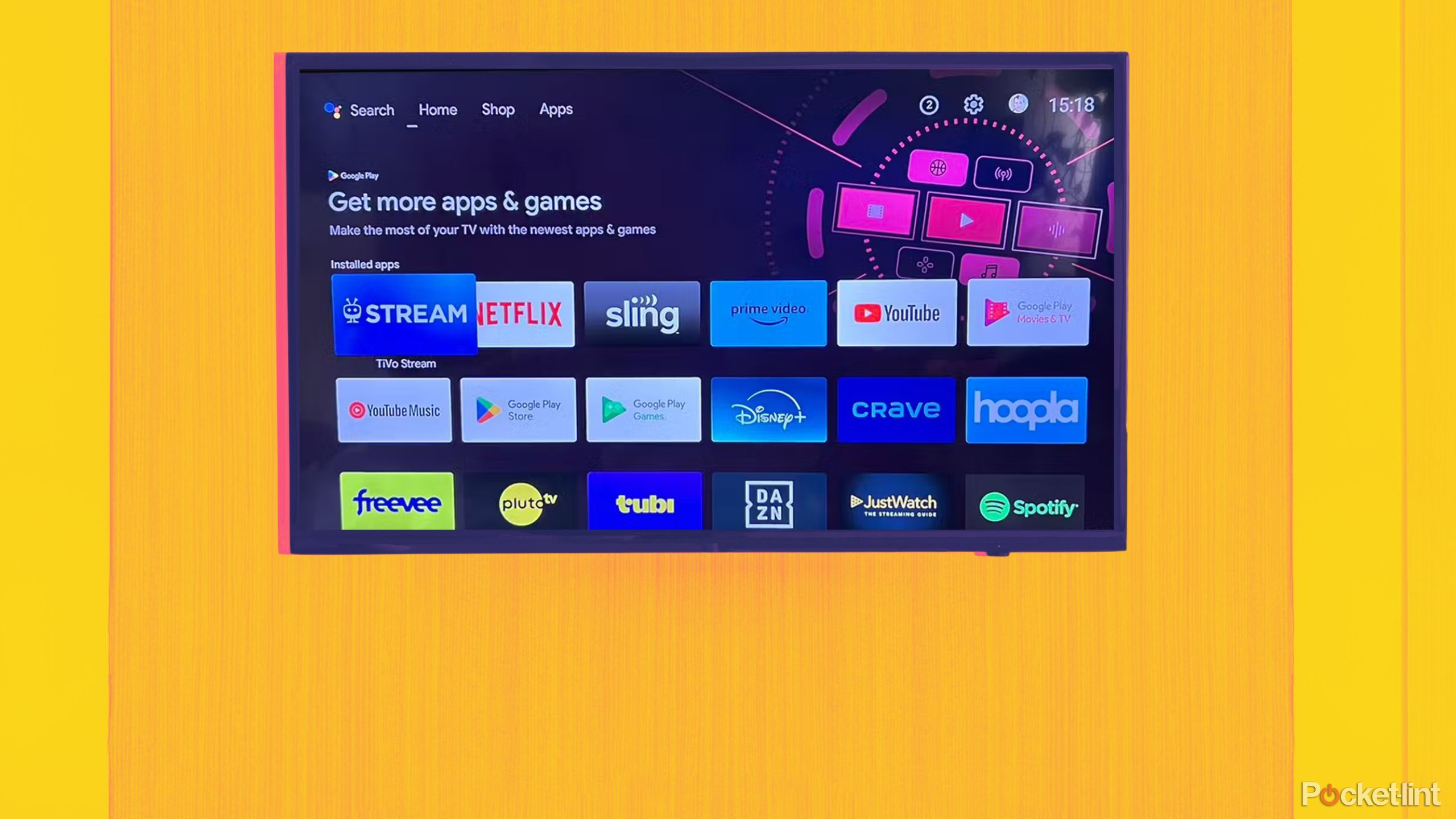
Related
I tested both Google TV and Samsung Tizen — here’s which one came out on top
I’ve been a fan of Tizen for years, but Google TV’s recent performance has me switching sides.
The remote isn’t winning any design awards
In flipping through all these menus, settings, and apps, I found the remote for the QM851 to be large, cumbersome, and inelegant. It felt like a remote from an older era. Many TVs today feature small, neat, aesthetically pleasing remotes, and I found myself missing that. It’s not a dealbreaker or anything, but it was a small gripe I felt was worth sharing.
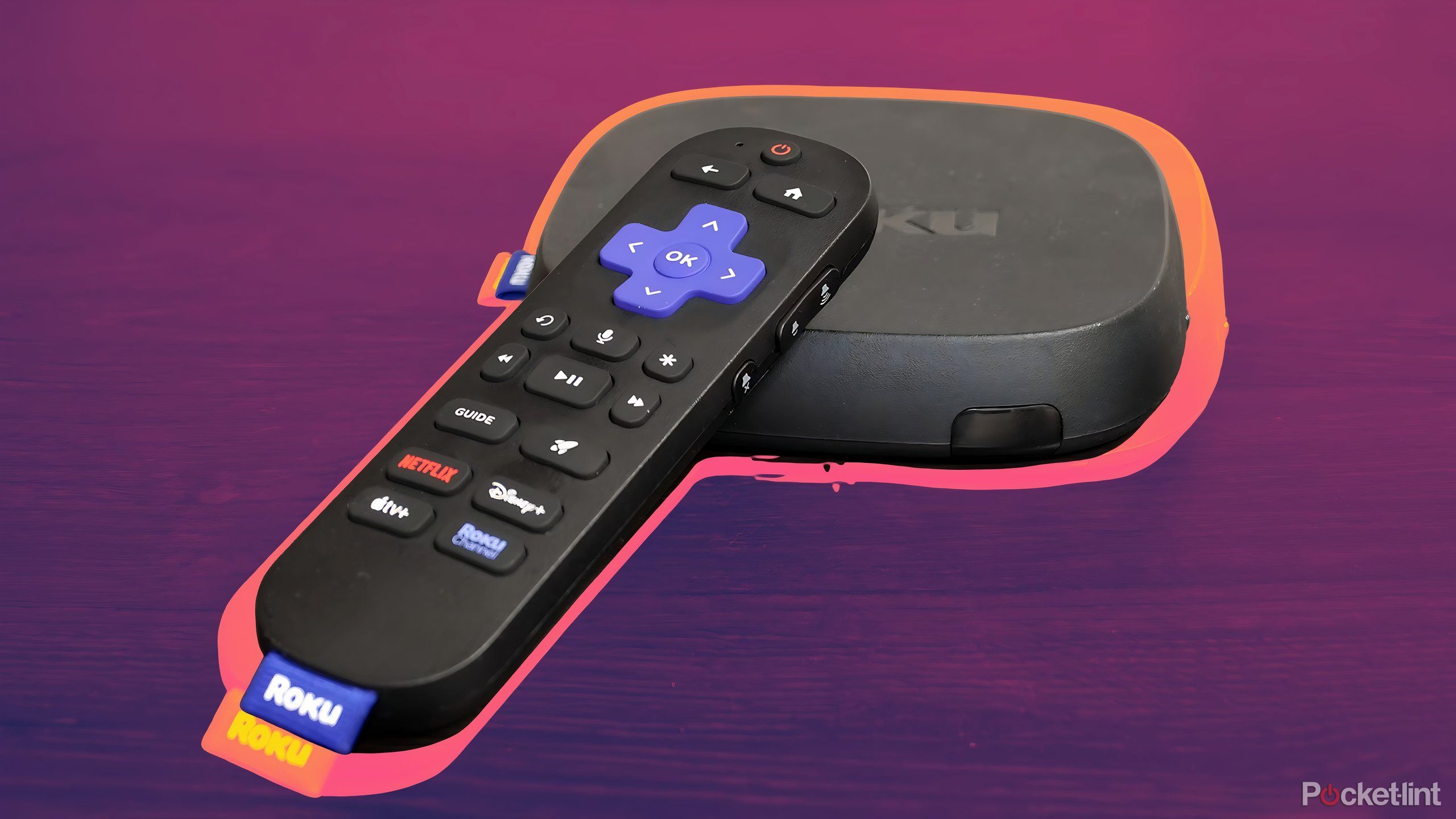
Related
Roku’s new voice remote is great, but as a night owl, I miss this one feature
With backlit buttons and a rechargeable battery, Roku’s 2nd Gen Voice Remote Pro brings nostalgia and convenience.
Performance
Mini-LED shows off its strengths
The image quality on the QM851 is, in a word, gorgeous. The thousands of local dimming zones accomplish stunning contrast and impressive peak brightness, making viewing in SDR a crisp and sunlight-defeating affair. Watching YouTube, basic cable, and SDR streaming felt like the QM851 was extracting every drop of quality from standard quality sources. If, like me, you often keep the TV on in the background during the day, you won’t suffer from daytime reflections from sunlight coming through the windows, as the QD Mini-LED array delivers best-in-class brightness.
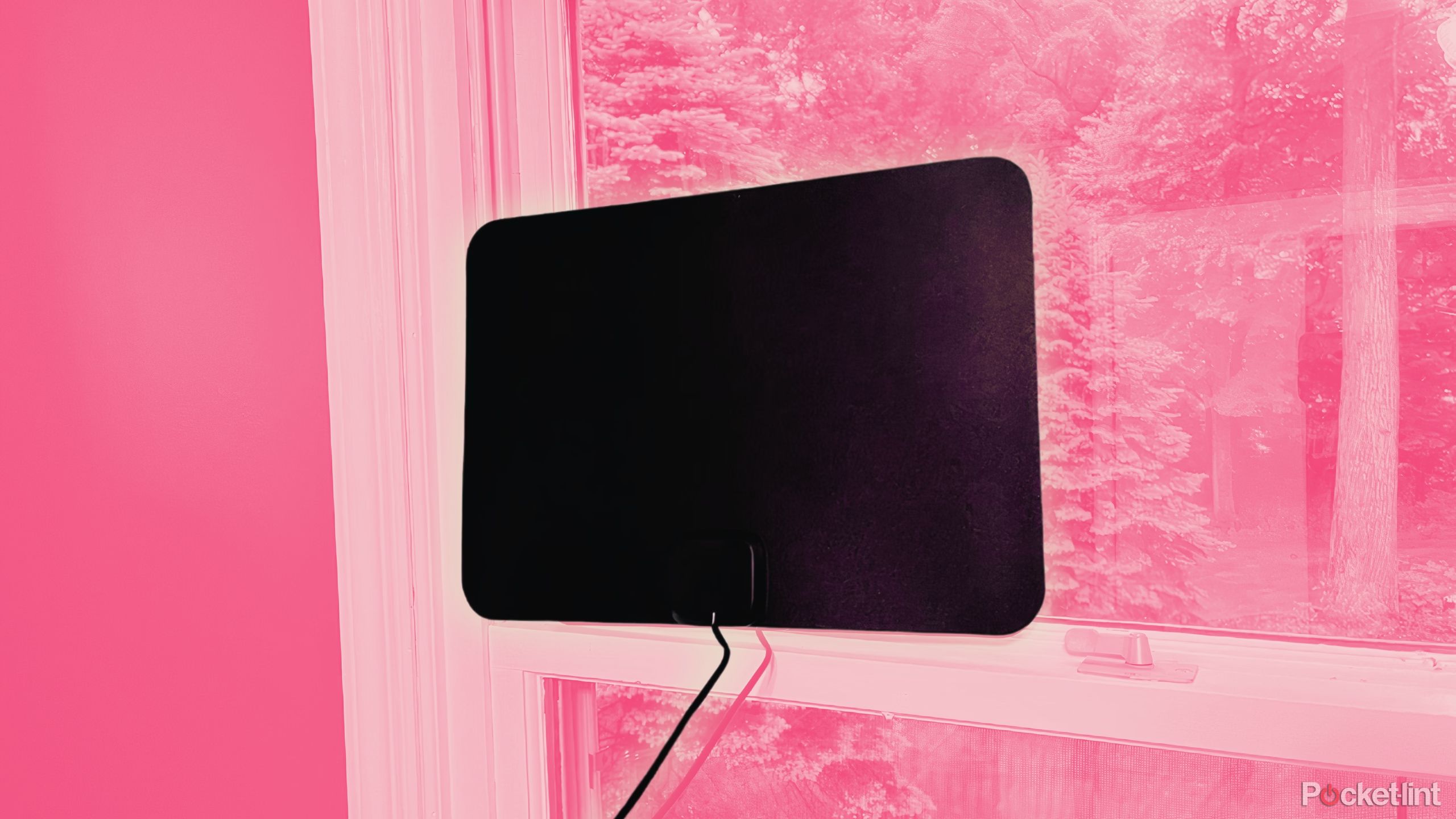
Related
5 reasons I bought a smart TV antenna
Yes, an antenna can connect to your smart TV — with it, you can cut the cord on cable and get channels for free.
Dolby Vision remains the top of the food chain in HDR
The QM851 really starts to flex its skills when it comes to HDR viewing. I’m a huge cinema nerd, with a weak spot for gorgeous cinematography. I appreciate that gorgeous scenes are intended to be seen and appreciated with deep blacks, rich color, and high contrast. HDR provides the most cinematic look and true colors out of a scene, but my gripe is almost always about brightness. I hate feeling like I have to draw all the shades, turn off all the lights, and basically sit in a pitch-black room to avoid washing out the image on my screen with reflections while it suffers through low brightness.
But herein lies the beauty of Dolby Vision. Dolby Vision can achieve incredibly high brightness for HDR, which makes it capable of delivering stunning image quality even during the daytime or in a well-lit room. The QM851 offers an HDR setting it calls “Dolby Vision IQ,” which can adaptively change HDR image settings to adjust to the ambient environment. This means whether it’s day or night, and whether the lights are on or off, the QM851 delivers the absolute best image it can while watching Dolby Vision-enabled content.
To test, I turned on Netflix’s Glass Onion (Knives Out sequel). Although I had seen the movie before, I was on the edge of my seat for most of the movie due to how gorgeous the movie looked. I had originally watched it in SDR on my Samsung because I refuse to use HDR10 due to its low brightness.
If you don’t want automatic adjustment, you can also select between Dolby Vision Dark, which is intended for use in a dark environment, and Dolby Vision Bright, which is intended for a brighter environment. Whatever you select, I found the Dolby Vision HDR to be downright stunning. The QM851 also supports HDR10 and HDR10+, with the former supporting up to 4,000 nits of peak brightness and the latter up to 1,000. As a reminder, Dolby Vision supports up to 10,000 nits of peak brightness, and I found that almost every single recent TV show or movie on Netflix supported Dolby Vision. Amazon Prime Video, Max, and Apple TV also support Dolby Vision, so you can really get the most out of it.

Related
How to get Netflix for cheap (or free)
The best ways to save some money on a Netflix subscription.
Impressive sound for built-in TV speakers
The QM851 supports Dolby Atmos sound and features 2 side-facing speakers, 2 skyward-facing speakers, and a built-in subwoofer to help get the most out of the codec. Dolby Atmos is best heard in surround sound, but the QM851’s built-in speakers perform admirably, delivering a fullness of sound and channel separation that was impressive coming from a sub-$3k TV.
Gamer friendly right out of the box
The higher refresh rate on the QM851 was one of the aspects I found most exciting, and a feature that is sometimes missing on TVs even more expensive than this one. I booted up Marvel’s Spider-Man, powered by my gaming PC, and had an absolute blast swinging through Manhattan on a much larger screen than I’m used to. The AMD FreeSync and refresh rate options on the QM851 made for a versatile gaming experience and allowed me to enjoy more cinematic games like Spider-Man, which I can thoroughly enjoy at 60 frames per second, as well as more FPS-focused games like Counter-Strike 2, which I leveraged the 120Hz HDMI input to enjoy.
While the nature of PC gaming doesn’t always lend itself to playing on a television, console gamers will love the QM851, and its high refresh rates and “Game Mode” with reduced input lag will get the absolute most out of an Xbox Series X or a PlayStation 5.
Verdict: Should you buy the QM851?
I really enjoyed my time with the QM851, and I found that the QM851 can truly serve as the centerpiece of entertainment for a family home. In my testing, the TCL performed beautifully throughout each and every use case that I go through as part of my day-to-day life. Whether I was just flipping through cable channels in SDR, watching the latest season of Bridgerton with my wife in HDR, or playing video games while enjoying those high frame rates, the QM851 impressed.
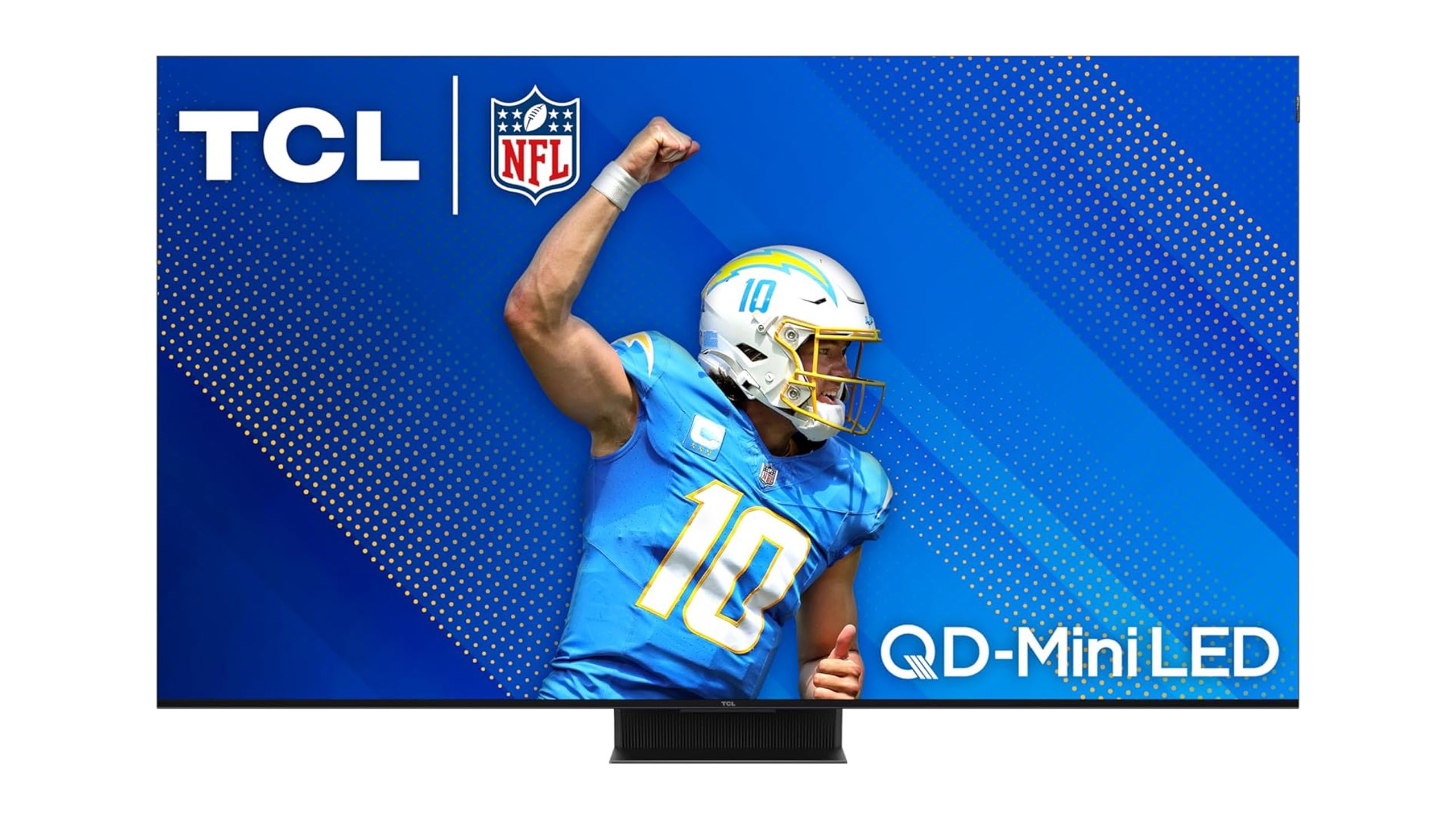
TCL QM851
$1905 $1999 Save $94
At a price point of under $3,000, and already seeing seasonal sales at $2,000, this model is not trying to compete with high-dollar OLED TVs, but it does blow away the competition in the LED panel space, and I found the image quality was second to none for any television I’ve seen at this price point. I’ll be honest, for a long time I looked at TCL as the budget brand, and one whose panels might always be considered a step below those of LG and Samsung. After all, the cost difference had to come from somewhere, right? But I found myself thoroughly impressed with the QM851 and its QD Mini-LED display. Between its amazing contrast, high peak brightness, support for Dolby Vision, and outstanding price point, the QM851 is perhaps the best value for a non-OLED TV on the market today.
Trending Products

Cooler Master MasterBox Q300L Micro-ATX Tower with Magnetic Design Dust Filter, Transparent Acrylic Side Panel, Adjustable I/O & Fully Ventilated Airflow, Black (MCB-Q300L-KANN-S00)

ASUS TUF Gaming GT301 ZAKU II Edition ATX mid-Tower Compact case with Tempered Glass Side Panel, Honeycomb Front Panel, 120mm Aura Addressable RGB Fan, Headphone Hanger,360mm Radiator, Gundam Edition

ASUS TUF Gaming GT501 Mid-Tower Computer Case for up to EATX Motherboards with USB 3.0 Front Panel Cases GT501/GRY/WITH Handle

be quiet! Pure Base 500DX ATX Mid Tower PC case | ARGB | 3 Pre-Installed Pure Wings 2 Fans | Tempered Glass Window | Black | BGW37

ASUS ROG Strix Helios GX601 White Edition RGB Mid-Tower Computer Case for ATX/EATX Motherboards with tempered glass, aluminum frame, GPU braces, 420mm radiator support and Aura Sync


